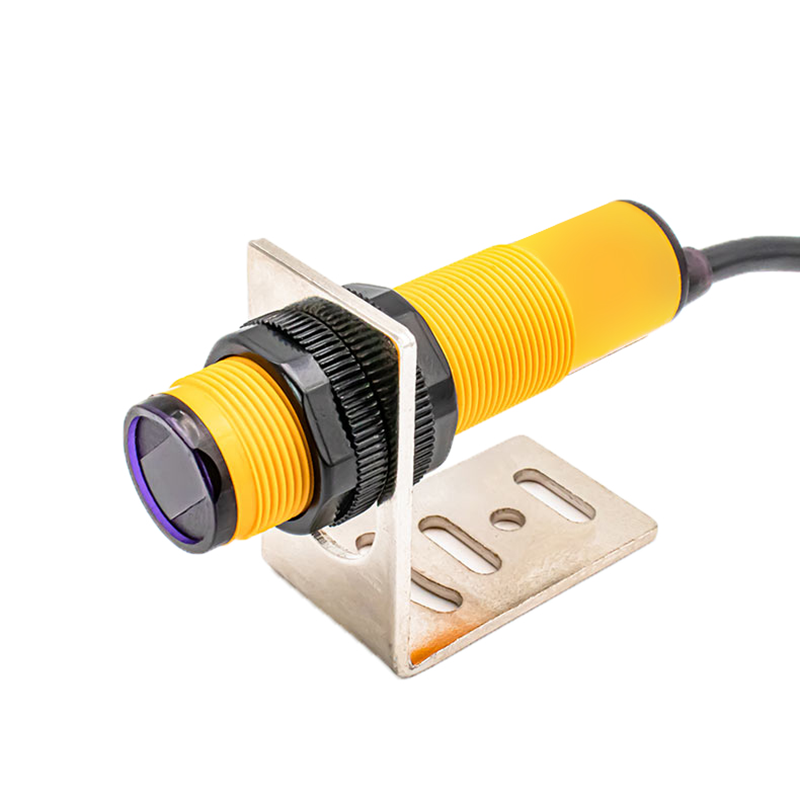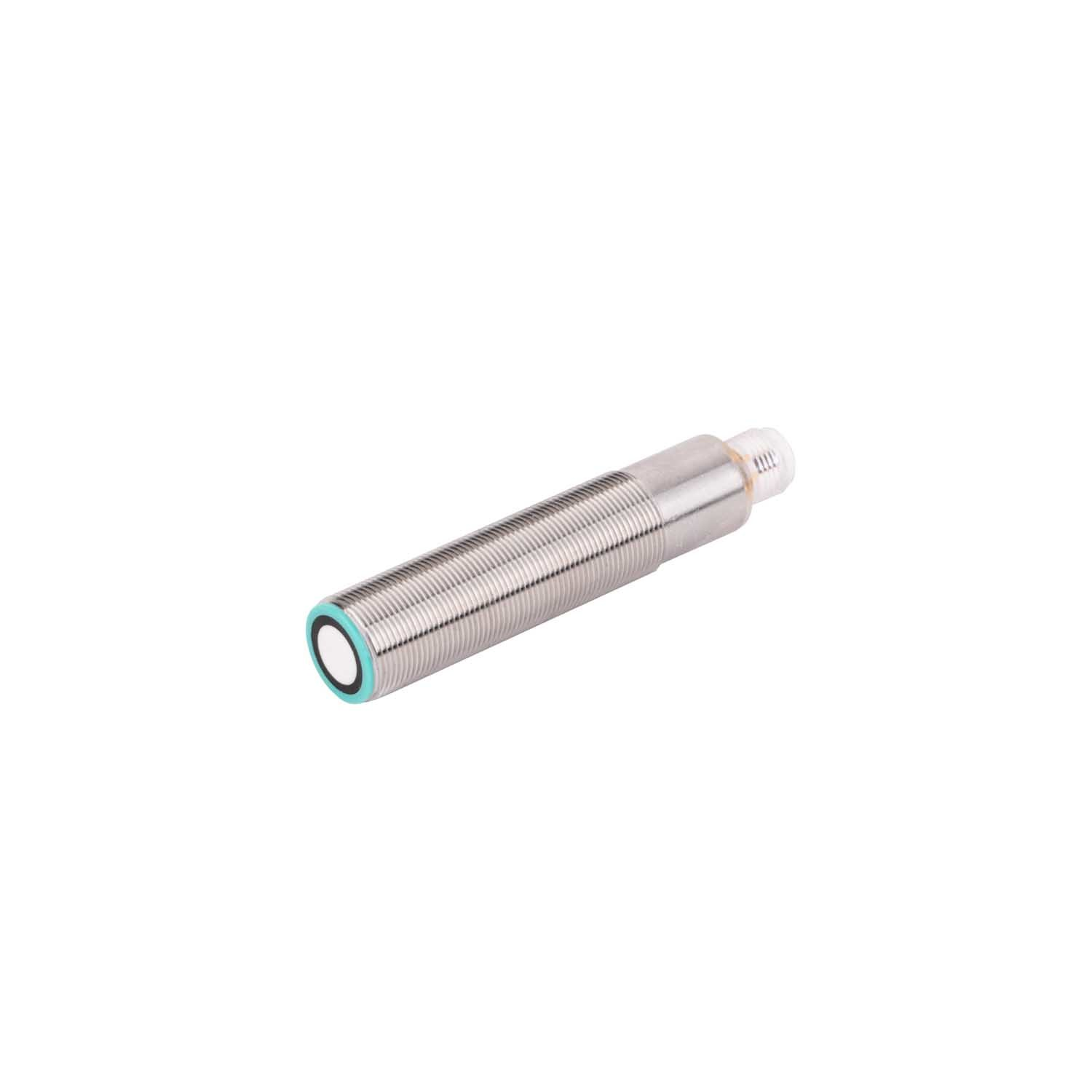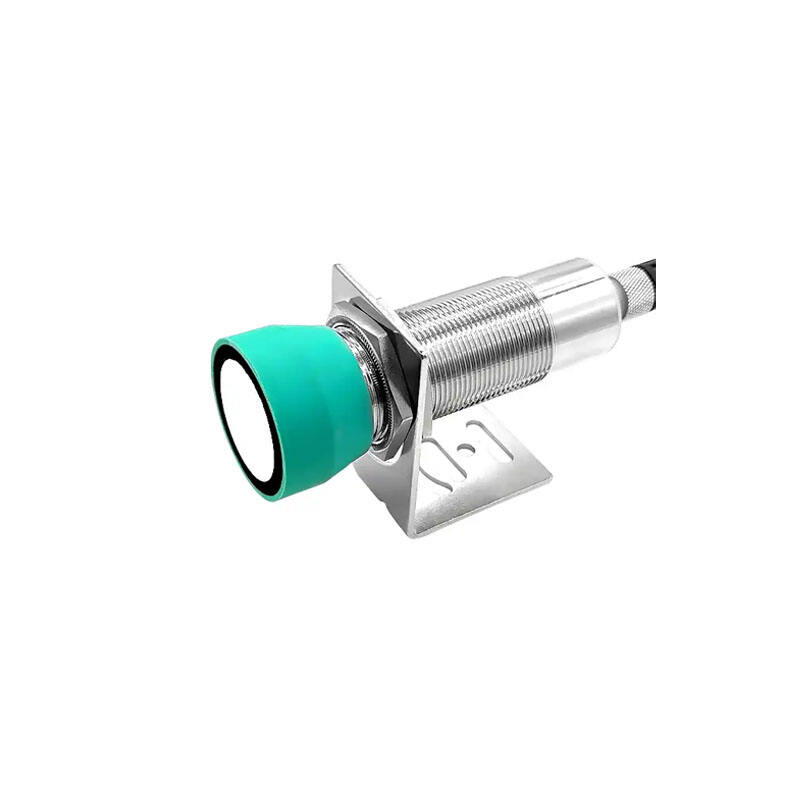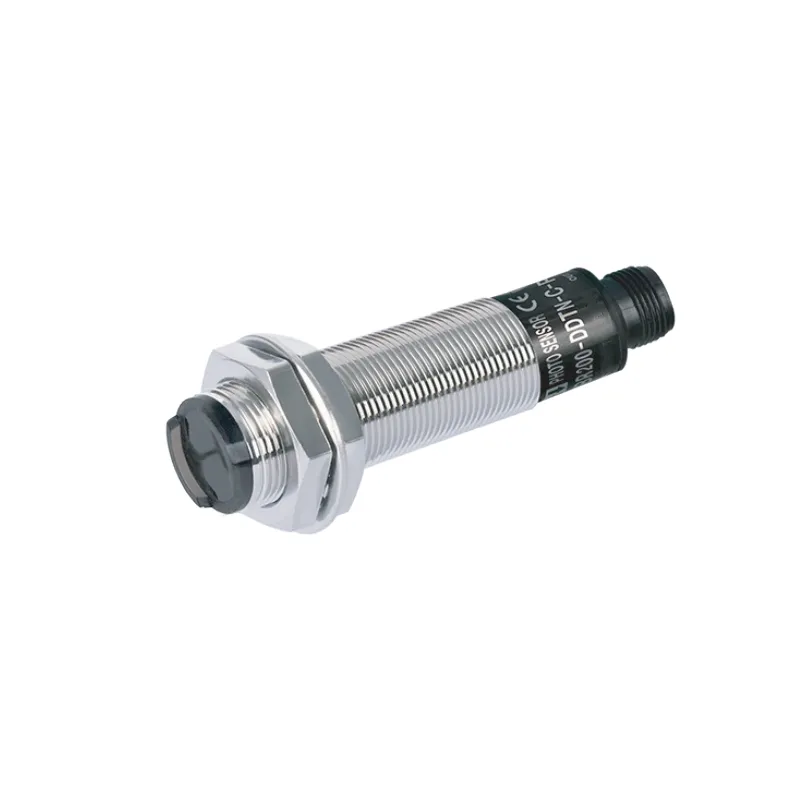фотоелектриско управување
Фотоелектричното управување претставува софистицирана технологија за автоматизација која користи светлосни сензори за контрола на разни електрични системи и опрема. Овој иновативен систем за управување работи со детектирање промени во интензитетот на светлината за автоматско вклучување или исклучување на поврзаните уреди. На своето јадро, фотоелектричното управување се состои од сензор на фототел, кола за контрола и механизам за прекинување. Фототелот реагира на нивоата на околина светлина, претворајќи ја светлинската енергија во електрични сигнали кои ги процесира колото за контрола за да одреди соодветни акции. Овие системи се конструирани да обезбедат сигурна работа во разновидни услови на животната средина, со отпорни куќишта на временски услови и прецизни можности за калибрација. Современите фотоелектрични контроли често вклучуваат регулирачки поставки за осетливост, временски задоцнувања и безбедносни механизми за да се осигури оптимална перформанса. Тие можат да бидат интегрирани со разни електрични системи, вклучувајќи надворешно осветлување, системи за безбедност и опрема за индустријска автоматизација. Технологијата има широко применување кај улично осветлување, осветлување на паркинзи, безбедност на згради и системи за менаџмент на енергија. Напредните модели нудат дигитални програмски опции, можност за далечинско следење и компатибилност со паметни системи за менаџмент на згради. Трајноста и долговечноста на овие уреди се подобрени преку заштитни карактеристики како што се заштита од прекомерни струи, компензација на температурата и запечатување отпорно на влага.









